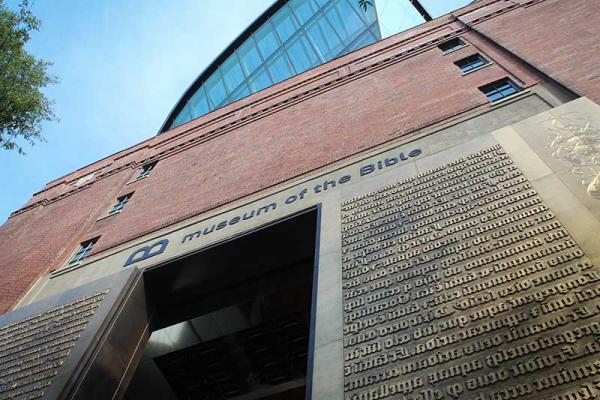Feb 22, 2018
In October, Shaaban Abdel-Gawad, the head of the Reparations Department, confirmed that the case was under investigation. Representatives for both the Museum of the Bible and the Green Collection say they have no knowledge of Egypt’s initiative. But if it proceeds, a second international scandal could rock their world. (Asked how many Egyptian objects are in the Green Collection, a Hobby Lobby representative emailed: “I’m sorry. That’s not information that I’m able to provide.”)
Read the Full Article

Already a subscriber? Login
